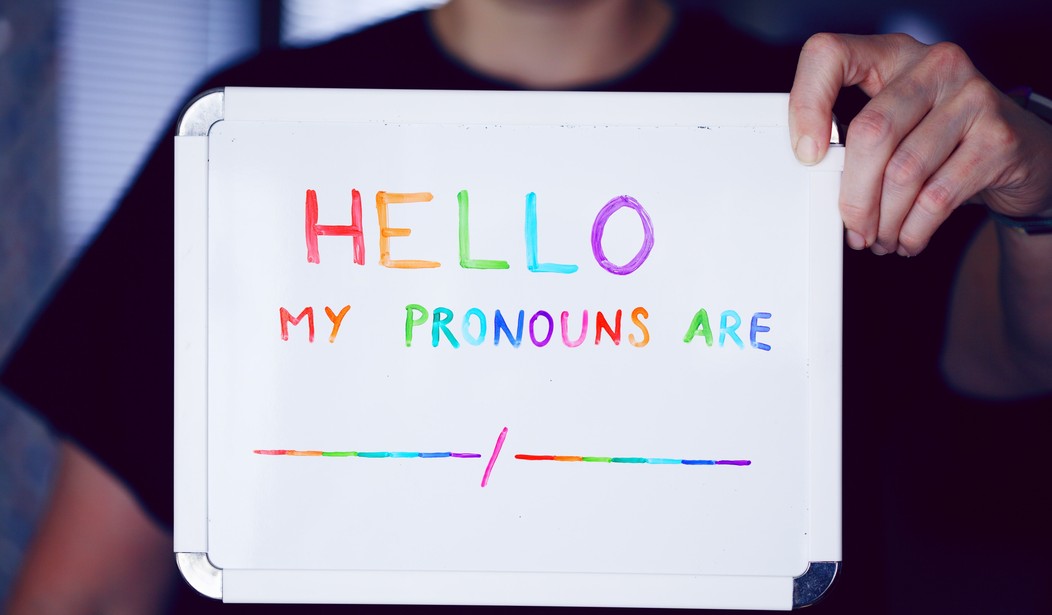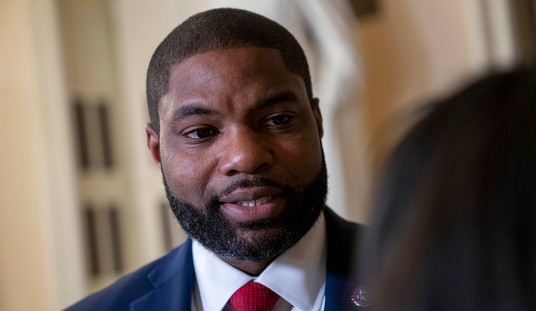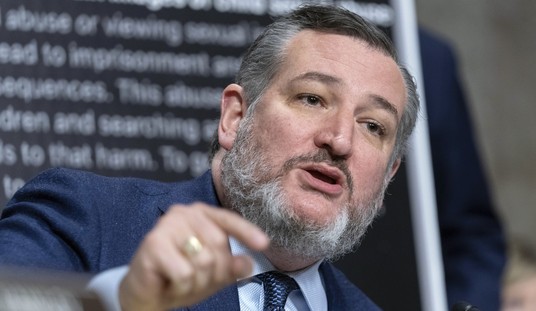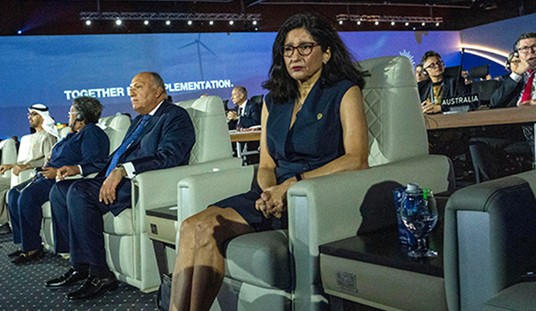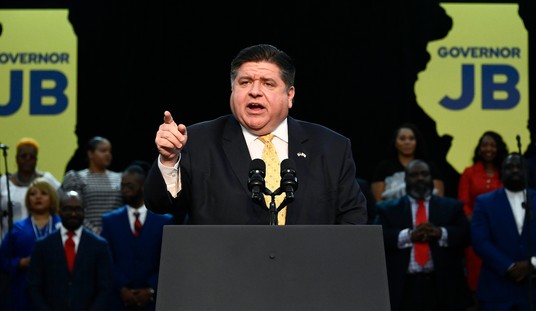A new development has emerged in the ongoing debate about the use of “gender-affirming care” on minor children. One of the world’s most left-wing entities has cast doubt on employing puberty blockers, hormone treatments, and surgery on kids who are suffering from gender dysphoria.
Healthcare professionals, parents, and government officials are grappling with the ethical, moral, and medical considerations of treating children who are experiencing confusion over their gender.
Now, even the World Health Organization (WHO) has indicated that it might be backing away from its support of “gender-affirming care” being used on children. In a new report, the organization highlights the issue of healthcare for transgender individuals who “encounter specific challenges that negatively impact their access to quality health services, quality of life and life expectancy.”
The report discusses the WHO’s effort to create guidelines for treating people with gender dysphoria. However, it notes that “this guideline has a specific focus on adults and will not address issues relating to children and adolescents.”
Later in the document, the WHO explains that it is limiting its guidelines to adults because “the evidence base for children and adolescents is limited and variable regarding the longer-term outcomes of gender affirming care for children and adolescents.”
This seems to indicate that the WHO is conceding that there is not enough evidence showing that the often irreversible procedures favored in “gender-affirming care” are beneficial to the mental health of youngsters facing gender dysphoria.
In recent years, there has been a troubling surge in the percentage of young people who indicate they are suffering from gender dysphoria.
The percentage of children suffering from gender dysphoria has seen a significant increase in all but one state, which presents another layer to the debate over the use of “gender-affirming care” on kids and school policies related to these individuals. The revelation also presents a question that has been the source of discussion as well: What is causing the surge in children who are confused about their gender?
The report notes drastic increases in the number of gender dysphoria cases.
Forty-nine of the 50 U.S. states saw a rise in gender dysphoria diagnoses between 2018 and 2022, with an average increase of 96% during that period, according to data from our Atlas All-Payor Claims Dataset. Virginia, Indiana, Utah, and Alaksa had the highest increases in diagnoses, ranging from 274% to 183% growth. Only South Dakota saw a drop, with diagnosis claims dipping 23% over those five years.
Many of the patients receiving these diagnoses are young trans people. Our data shows the share of gender dysphoria diagnoses among patients under 18 grew from 17.5% to 20.4% between 2018 and 2022. This trend is also reflected in recent demographic research performed by The Williams Institute, which found that young people make up around 18% of the trans population today, up from 10% in 2016.
However, there have been several indicators showing that using these treatments on kids results in negative outcomes. The rise of the detransitioners, those who went through “gender-affirming care” and then later reversed their decision, seems to indicate that subjecting kids to these procedures can have long-lasting negative effects on mental health. Indeed, many detransitioners have filed lawsuits against various medical facilities that pressured them to go through these treatments while they were children.
It is also important to note that several European nations, which have been using the “gender-affirming care” model for decades before it was embraced in the United States, are now moving away from the practice. Denmark, the United Kingdom, France, Finland, and several other countries are abandoning the approach. Leading pediatricians have also chimed in, countering claims made by progressives that denying “gender-affirming care” to children is a form of child abuse.
Hopefully, this is a positive sign that even the WHO is doubtful about the impact of “gender-affirming care” for children. It still might take some time before the United States finds out what other countries have about these treatments. But the more people are educated about the matter, the sooner the nation can act to protect children.
See also:
New York Times Finally Acknowledges Risks of Genitally Mutiliating Children

